An Introduction of Hardfacing and Its Carbide Materials
An Introduction of Hardfacing and Its Carbide Materials

In the last years hardfacing became an issue of intense development related to wear resistant applications. Hardfacing, also known as “Hardsurfacing”, is the application of buildup or wear-resistant weld metals to a part's surface by means of welding or joining to resist abrasion, corrosion, high temperature, or impact. It is the deposition of thick coatings of hard, wear-resistant materials on a worn or new component surface that is subject to wear in service. Thermal spraying, spray-fuse and welding processes are generally used to apply the hardfacing layer. Such an alloy may be deposited on the surface, an edge, or merely the point of a part subject to wear. Welding deposits can functionalize surfaces and reclaim components extending their service life. Welding is a key technology to fulfill these requirements and to apply hardfacing alloys. Core components such as crushers are exposed to heavy wear and require efficient surface protection measures to avoid costly downtimes and to reduce costs for expensive spare parts. This process has been adopted across many industries such as Cement, Mining, Steel, Petro-chemical, Power, Sugar cane and Food.
Tungsten carbide is one of the hardest materials available for industrial use. It cannot be melted by any Ordinary low temperature flame. It is also rather brittle. For hard-facing purposes, it is crushed and applied in conjunction with a “binding” metal. The tungsten carbide particles are usually enclosed in a steel tube rod.
ZZBETTER has several such hardfacing welding materials as follows:
1.Tungsten Carbide Wear Inserts:
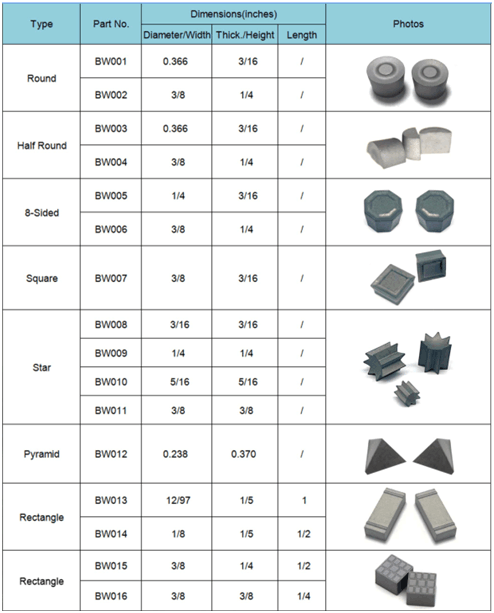
2.Tungsten Carbide Grits:Tungsten carbide grit provides long lasting wear protection in areas of high abrasive wear. It is used to protect costly parts such as bulldozer blades, bucket teeth, wood grinding, hammers, trencher teeth, and a wide variety of other consumable components. Tungsten Carbide grit is an efficient means of protecting machinery and machinery parts by providing a significant increase in the longevity of those parts. This decreases downtime and reduces the cost involved with unprotected parts.
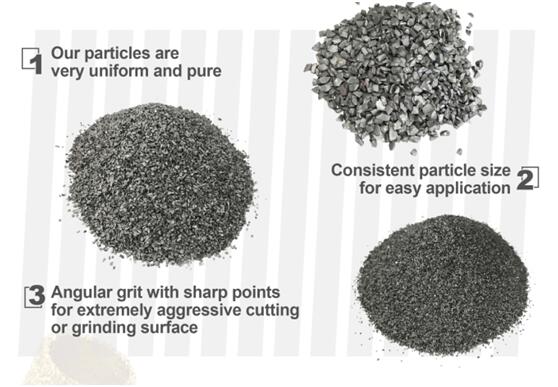
3.Composite Rods with Carbide Inserts: These high performance composite rods use our carbide inserts providing you with sharp aggressive cutting edges and the robustness required on crucial areas of your milling tool.

4.Nickel Carbide Composite Rods: Nickel carbide composite rods have been the hardfacing and repair of fixed cutter bits and used as wear protection for stabilizers and reamers in the oil and gas industry. The large tungsten carbide pellets provide abrasion resistance while finer pellets protect the matrix from wear and erosion. The nickel matrix provides high-temperature corrosion resistance, protecting the bit body and allowing for cutter refurbishment and drill head reuse.

5.Flexible Welding Rope: Flexible welding rope is made from cast tungsten carbide, spherical cast tungsten carbide or a mixture of the two as hard phase, self-fluxing nickel alloy powder for the bonding phase, according to a certain proportion of mixed bonding, extrusion molding, drying, and then manufactured on the nickel wire.
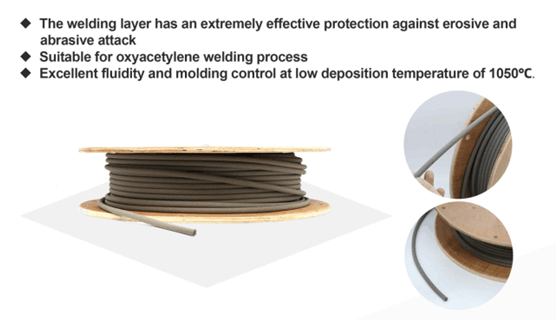
6.Nickel Silver Tinning Rods: Nickel silver tinning rods are general-purpose oxyacetylene rods for braze welding various ferrous and non-ferrous metals, such as steel, cast iron, malleable iron, and some nickel alloys. They are commonly used for fusion welding of brass, bronze, and copper alloys as well as for building up worn surfaces.
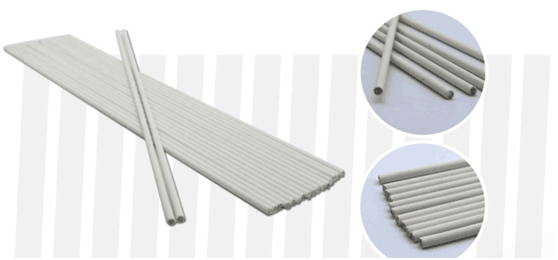
7.Cast Tungsten Carbide Powder: Cast tungsten carbide powder, commonly referred to as W2C, is an extremely hard material used in a variety of applications. With a eutectic structure, high melting point and hardness, which can aid in wear protection and wear resistance properties. The material is manufactured from a blend of carbon, tungsten and tungsten carbide powder and is silver/grey in color with a sharp blocky particle shape.
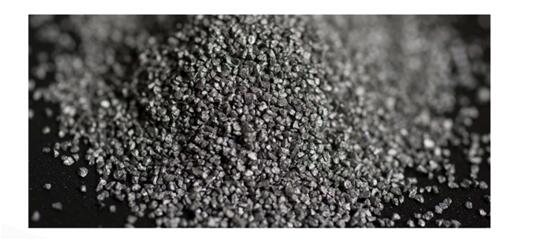
8.Tungsten Carbide Pellet Welding Rods: Compared with cast tungsten carbide powder, tungsten carbide pellets have better impact and wear resistance. It has the characteristics of one-time welding without reflow soldering. The pellets are spherical; the friction coefficient is small, which can reduce casing wear and cost-effective.
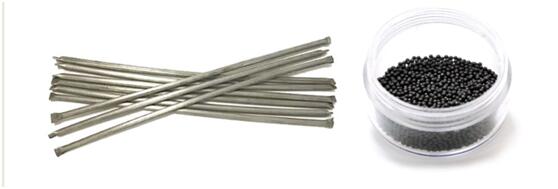
Q: Is hardfacing worth it?
Hardfacing can be accomplished using a variety of processes, both in a shop and in the field, making it very versatile and cost-effective. Additionally, using this process on new parts can extend service life by up to 300%. Still, if you hardface worn parts, you can save up to 75% versus replacement cost.
To conclude, hardfacing is the most versatile process to improve the life of the worn out component; hardfacing is the best chosen process these days for reducing the cost of replacement; hardfacing reduces downtime because parts last longer and fewer shutdowns are required to replace them; hardfacing can be done on any steel material using wide variety of welding processes.
If you are interested in tungsten carbide products and want more information and details, you can CONTACT US by phone or mail at the left, or SEND US MAIL at the bottom of this page.





















